Introduction
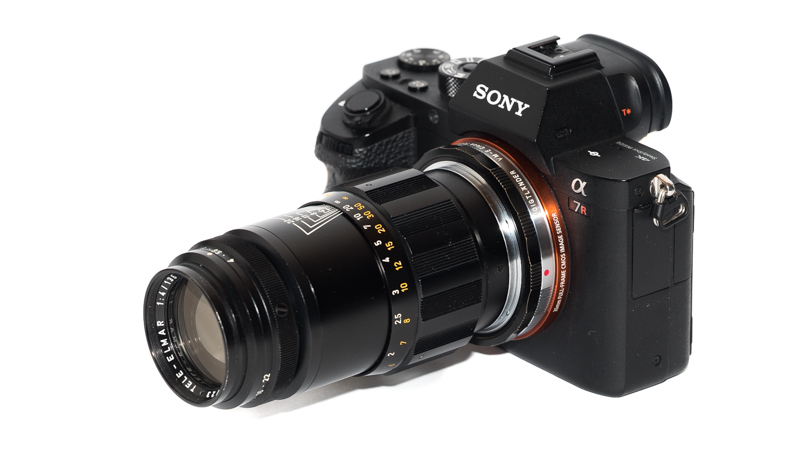
Leica rangefinder lenses are very expensive? Most of them are, but the Leica 135mm 4.0 Tele-Elmar in its earlier versions can be found for less than 200$ used, so what is the catch with this lens? Read on to find out…
Sample Images
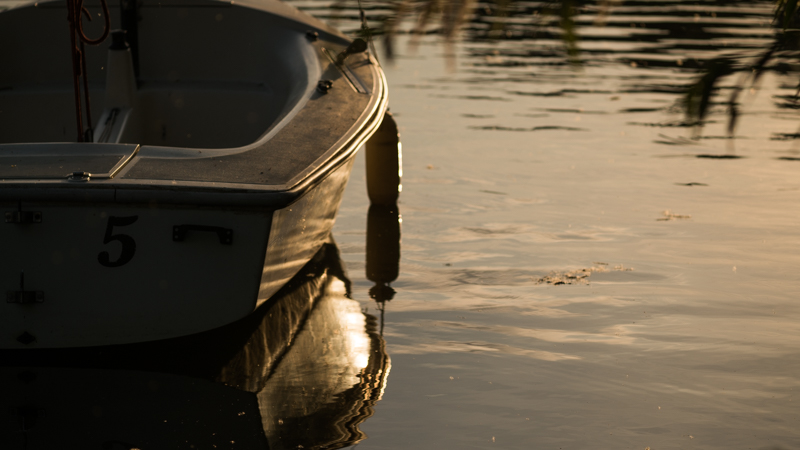

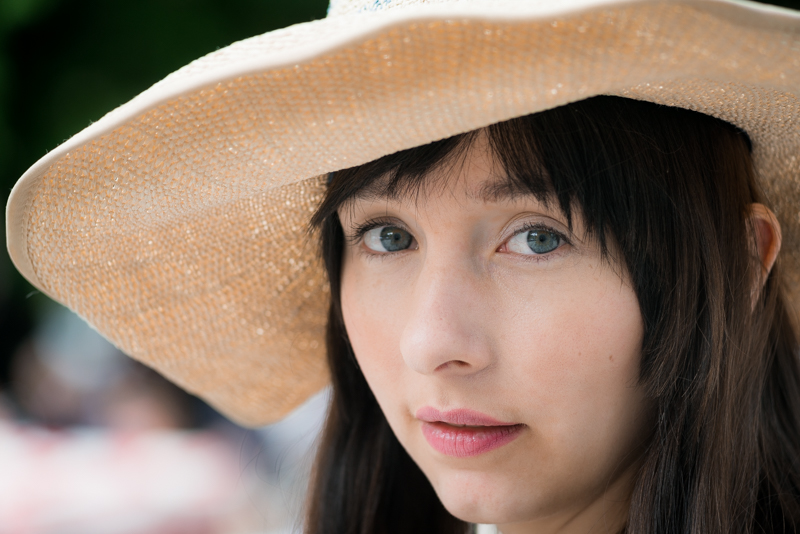
You can find most of the shots in this review in full resolution here.
Specifications / Version History
There are three different versions with Leica M-Mount that have been produced in meaningful quantities:
- Leica 135mm 4.0 Elmar (4/4 design, 405g, 12 blades)
- Leica 135mm 4.0 Tele-Elmar (5/3 design, 505g, 10 blades)
- Leica 135mm 4.0 Tele-Elmar-M (5/3 design, 550g, 10 blades)
The latter two have the same optics but a different casing. I am reviewing the Tele-Elmar version here which has the following specifications:
-
- Diameter: 59 mm
- Field of view: 18° (diagonally)
- Length: 112 mm + adapter
- Weight: 505g + adapter
- Filter Diameter: 39mm
- Number of Aperture Blades: 10 (slightly inwardly curved)
- Elements/Groups: 5/3
- Close Focusing Distance: 1.5 m (~1.25 m with VM-E helicoid adapter)
- Maximum Magnification: 1:8 (~1:6.8 with VM-E helicoid adapter)
- Mount: Leica-M
You can try getting one of these used from ebay.com starting at 200$/200€ (affiliate link).
Handling / Build Quality

The lens is certainly somewhat strange looking, one might be even tempted to call it ugly. Considering the small diameter of the lens elements the barrel is actually quite thick towards the mount and as everything is made from metal the lens is also a little on the heavy side.
The focusing ring travels 180° from infinity to the minimum focus distance of 1.5m and has exactly the right resistance. The aperture ring travels ~100° from f/4.0 to f/22 and offers half-stop click-stops across the whole range.
Markings are engraved and filled with paint and there are even DoF markings available. The small 39mm filter thread is non rotating.
The minimum focus distance of 1.5m is a bit lacking compared to more modern designs but comparable to older SLR lenses like the Canon FD 135mm 2.8.
Vignetting
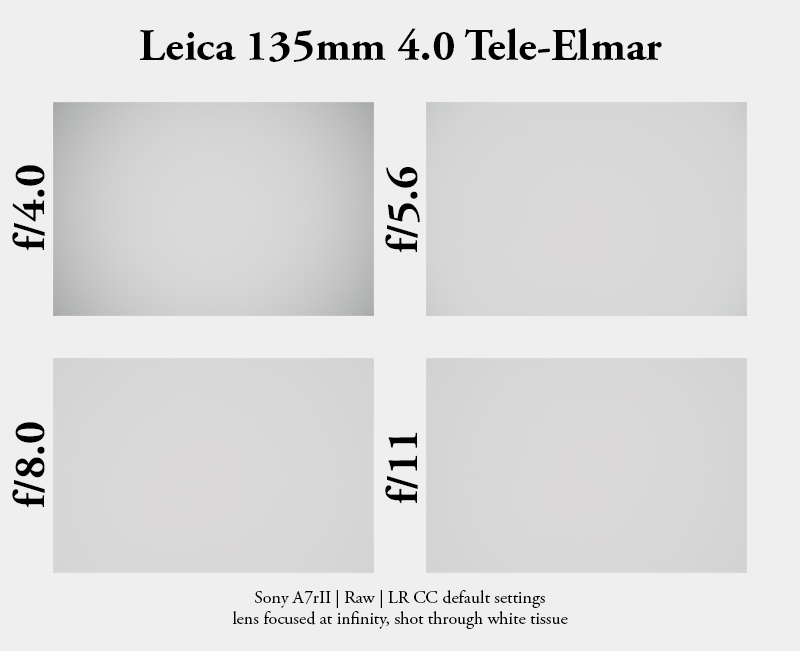
Despite the very small front element vignetting wide open is only 1.1 EV, stopped down to f/5.6 this improves to 0.3 EV which isn’t field relevant anymore.
Sharpness
infinity
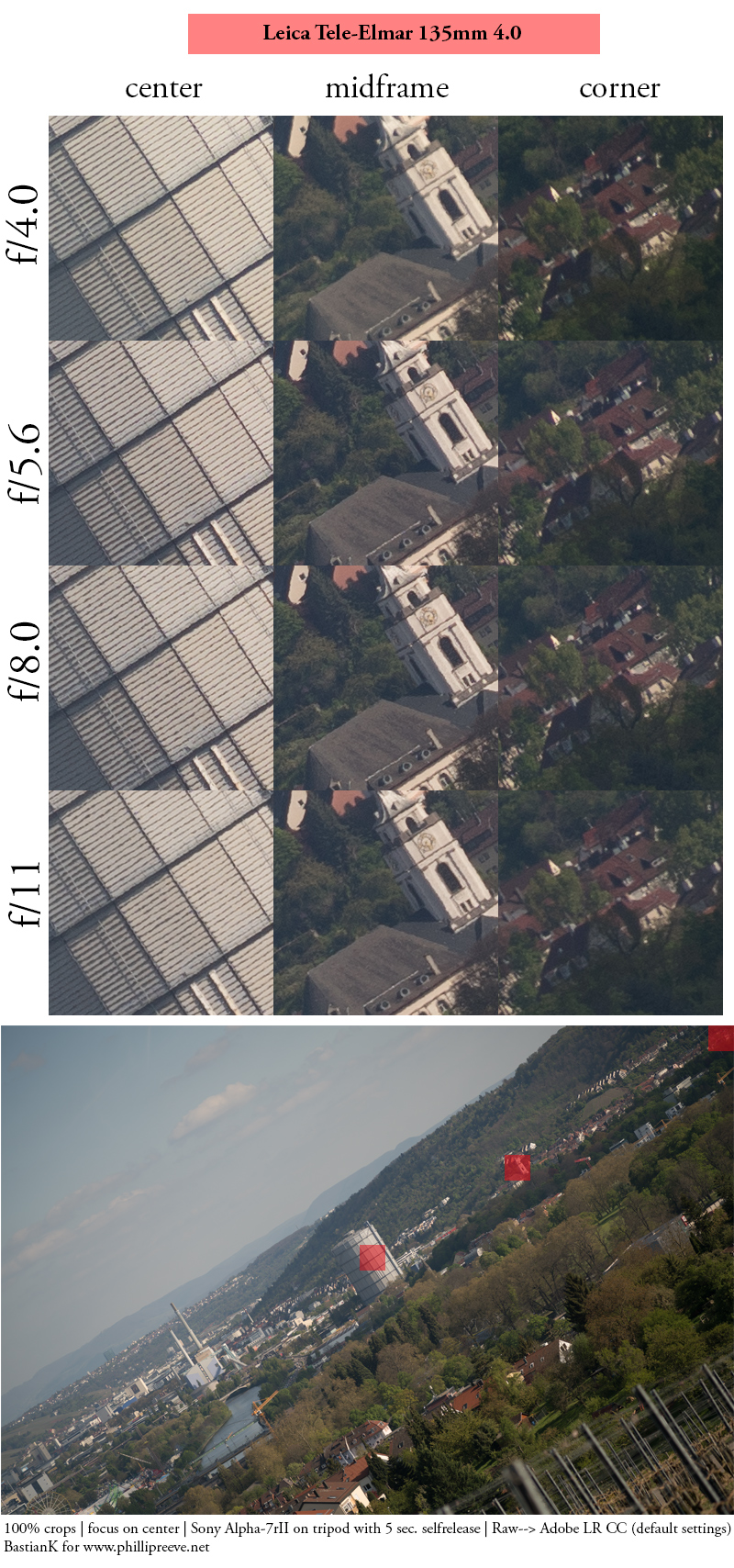
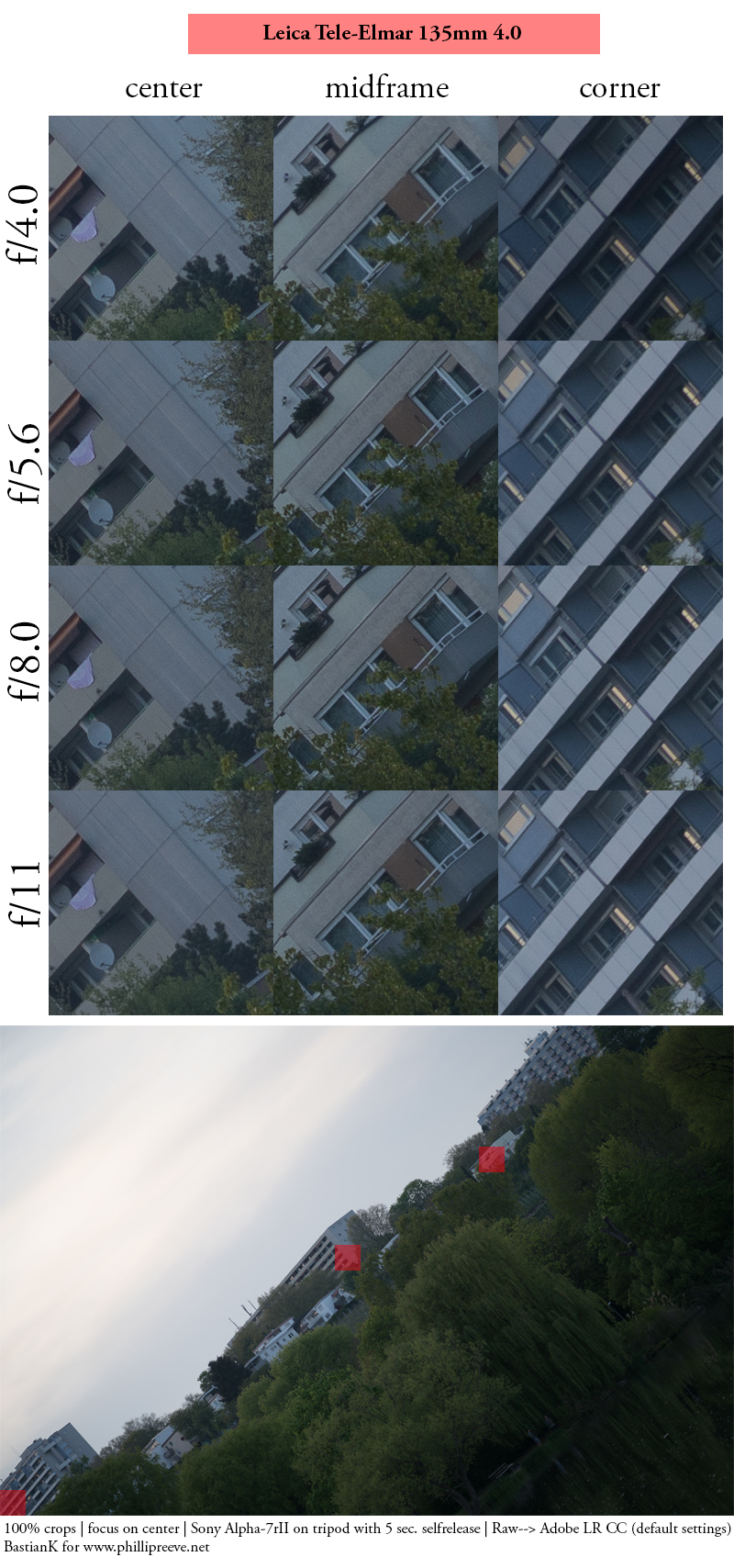
In case you wonder why I am presenting two charts in this review: I already had some issues with heat haze when doing my 180/200mm comparison and in the first chart it is visible again. Nevertheless I think this scene is very good at showing the differences in contrast on stopping down. The other chart shows no heat haze issues but isn’t as contrasty in general.
The lens is fully usable wide open across the whole frame for most applications. If possible I would still recommend stopping down to f/5.6 which mainly improves edge acuity and the corners a bit.
close focus (150 cm)
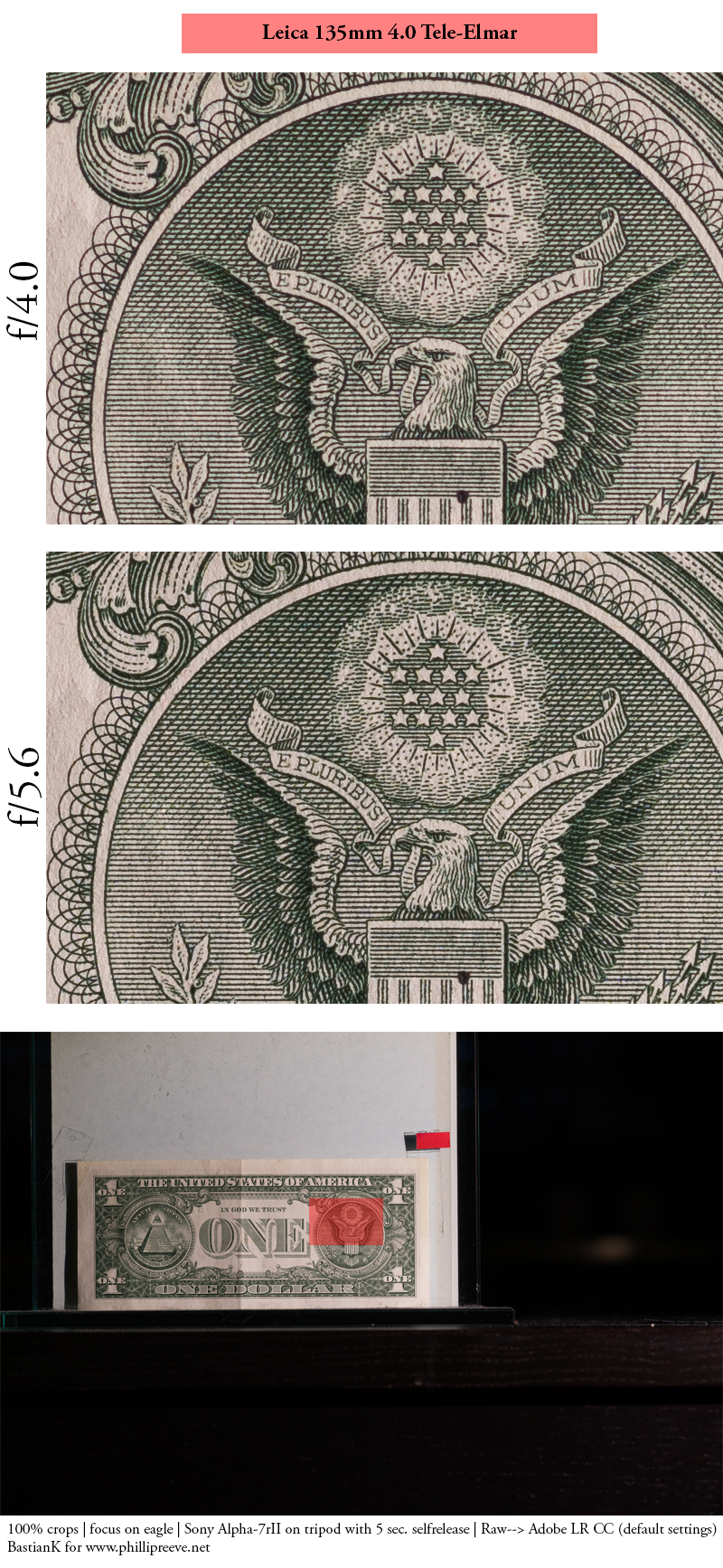
close focus (125 cm with VM-E helicoid adapter)
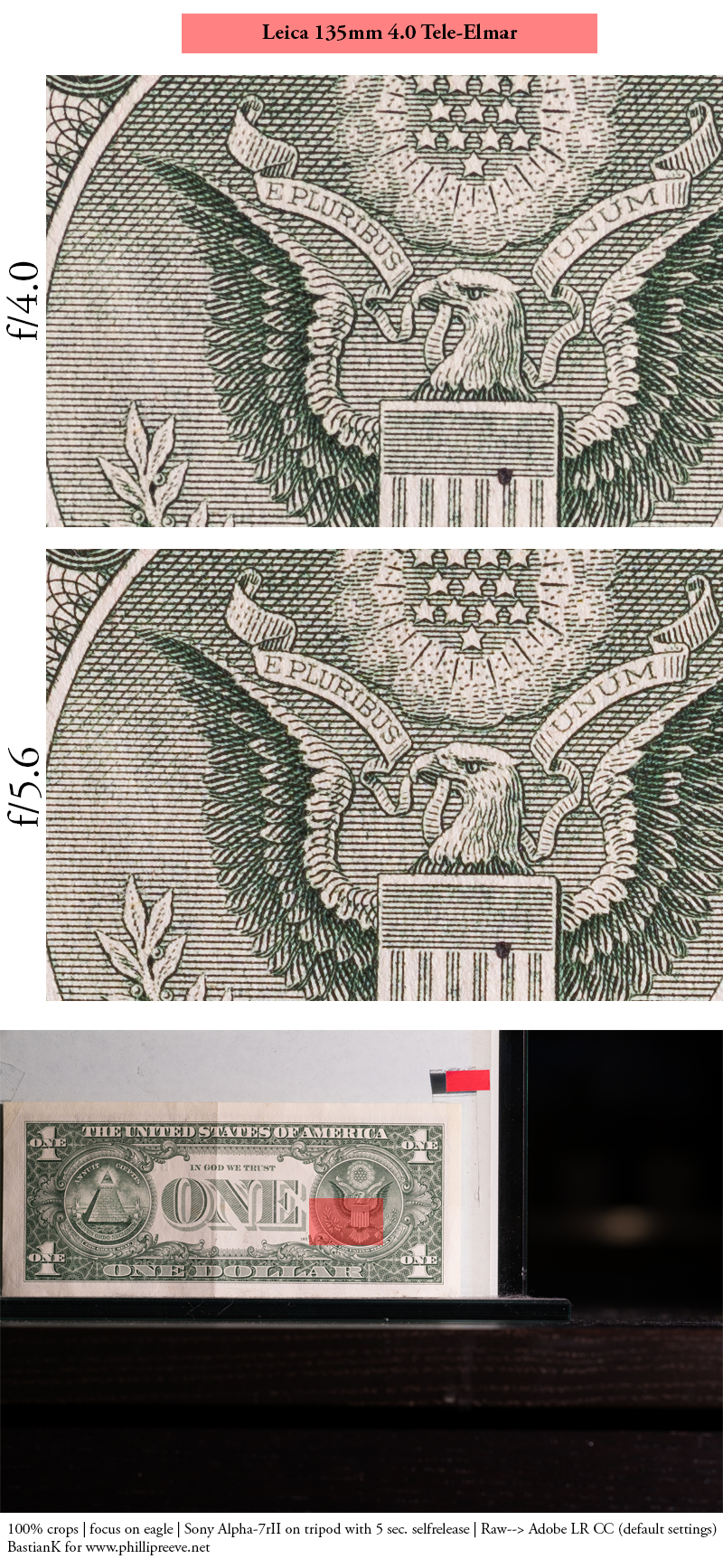
The close focus performance is pretty decent, especially stopped down to f/5.6, but the maximum magnification isn’t very high, not even with the Voigtlander VM-E close focus adapter.
Flare resistance

As is the case with many tele lenses the sun just outside the frame may lead to serious flare across the whole frame. Contrast is also significantly lowered. I didn’t get a hood with this lens but tried shading the lens with my hand which didn’t really help. Ghosting with the sun inside the frame isn’t a problem though.
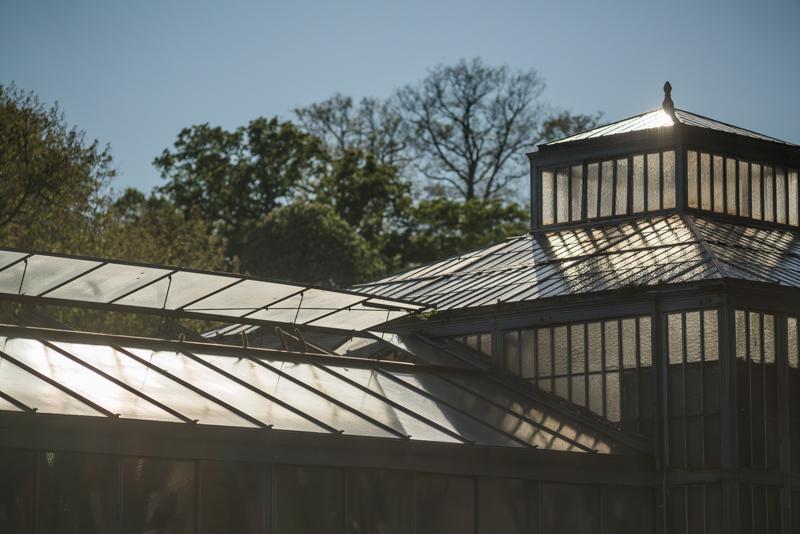
Distortion
Sony A7rII | Leica 135mm 4.0 Tele-Elmar | f/4.0 | before: no correction, after: corrected (-1)
The lens exhibits only minimal pincushion distortion. You can correct this by dialing in -1 in Lightroom or Photoshop.
Bokeh
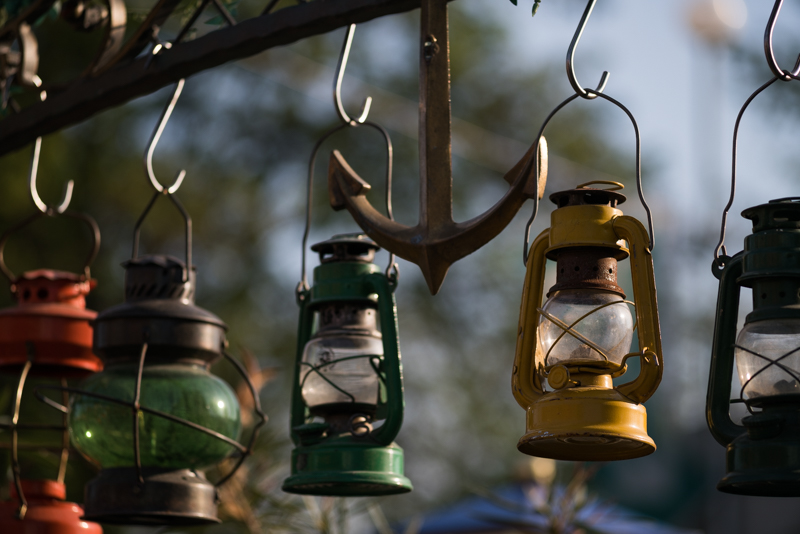
A maximum aperture of f/4.0 at 135mm isn’t exactly breathtaking when talking about the ability to separate subjects from the background. I am used to shooting the Canon EF 135mm 2.0 L and the differences are really huge here.
The quality of the bokeh is quite alright though, maybe a little nervous depending on the background but no significant outlining around highlights or structures in the light discs.
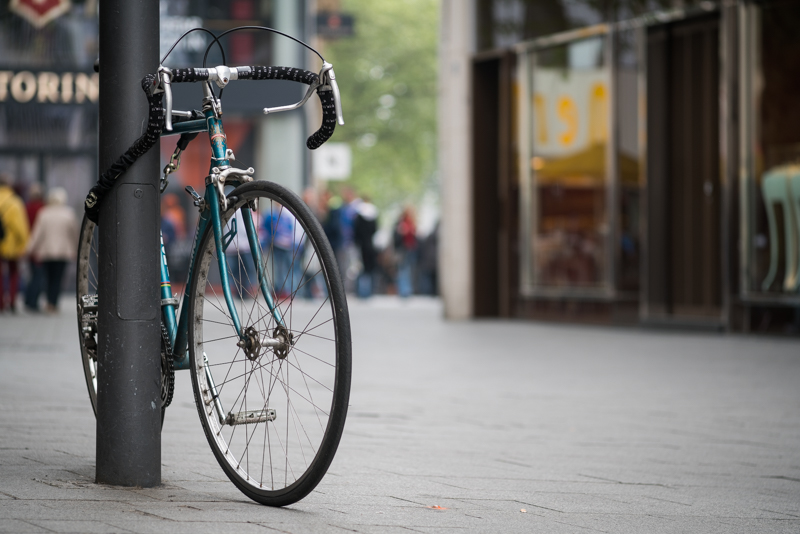
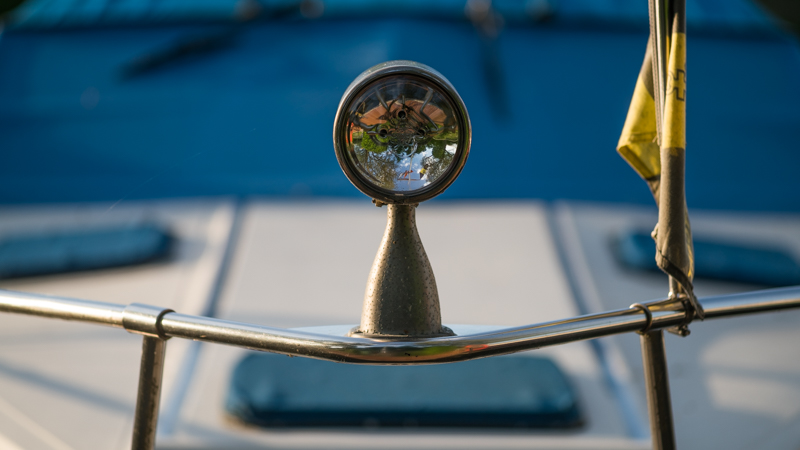
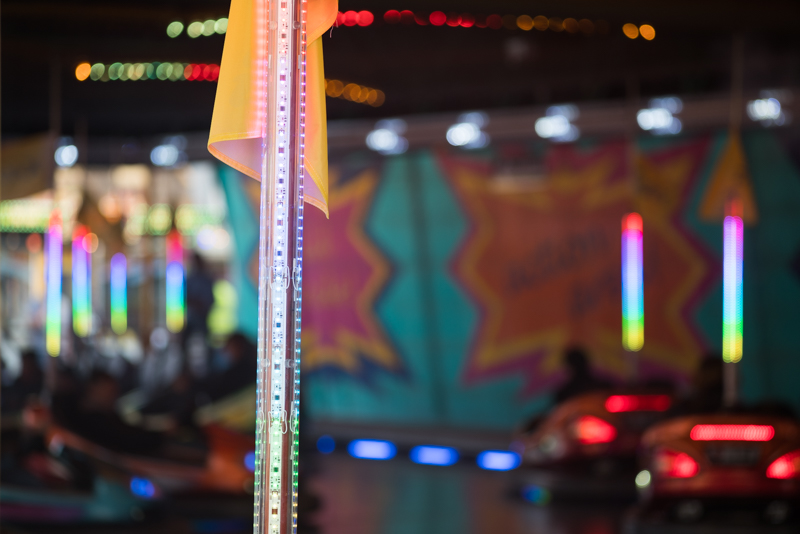
Sunstars
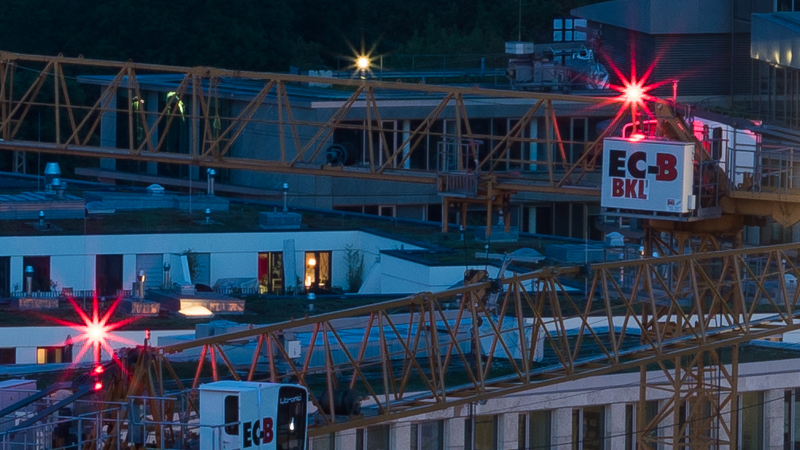
This lens features 10 inwardly curved aperture blades which will yield 10-pointed sunstars around point light sources. They are very well defined (similar to the Loxia and newer Voigtlander lenses) and I like them, but as this is a highly subjective topic you might want to have a look at this article and decide for yourself what you prefer.
Chromatic aberrations
longitudinal
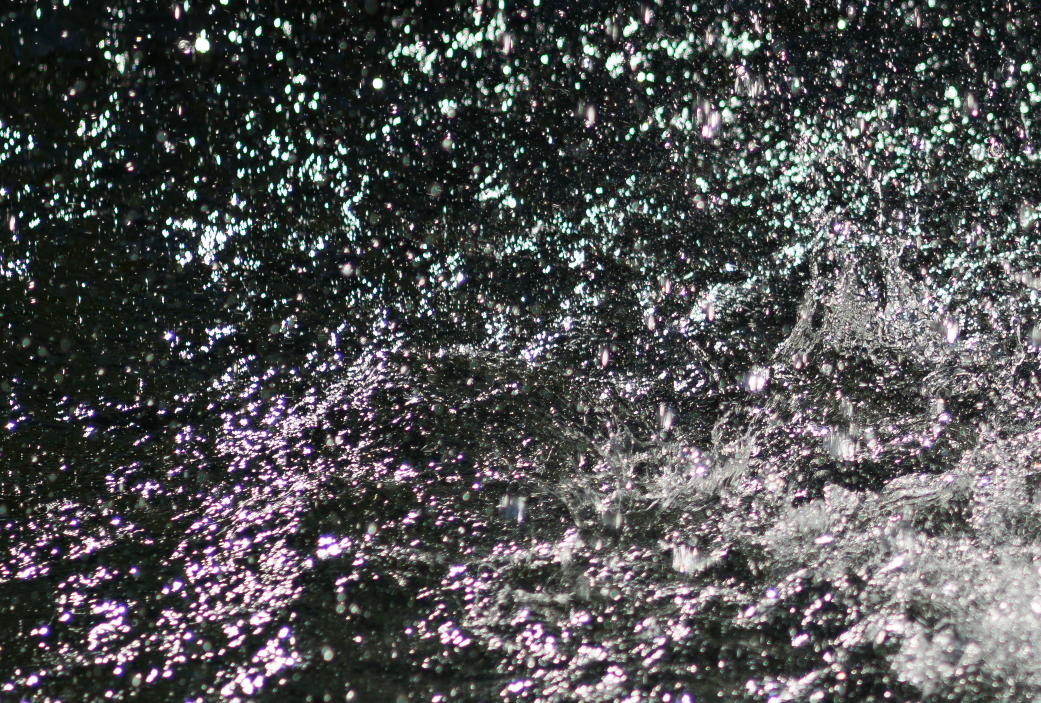
The shot above is certainly a real stress test and the performance actually isn’t so bad for a non-Apo lens. If you want better take a look at the newer Apo-Telyt 135mm 3.4 or the Samyang 135mm 2.0. Purple fringing is also present, as can be seen in this crop:
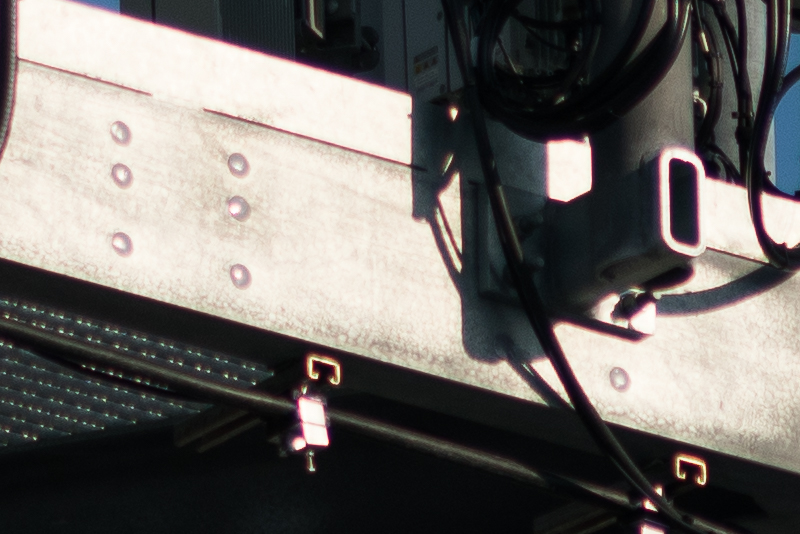
lateral
Sony A7rII | Leica 135mm 4.0 Tele-Elmar | 100% crop from corner | before: no correction, after: corrected
Correction of lateral CAs is pretty good. There are only small traces visible and this can be easily corrected e.g. in Lightroom.
Alternatives
In the analogue era almost every manufacturer was offering one or even several 135mm prime lenses ranging from f/2.0 to f/4.0. With the considerable rise in quality of 70-200mm zooms it seems there is a little less demand for the slower 135mm prime lenses today.
Canon EF 135mm 2.0L USM:
This is still one of my most favorite portrait lenses on the A7 cameras. This is a much better lens in almost every regard, but it is also considerably bigger, a little heavier and more expensive.
Samyang 135mm 2.0 ED UMC:
This might even be a bit better optically than the aforementioned Canon lens, but it is even bigger and heavier.
Canon FD 135mm 2.8:
Build quality, resolution and correction of CA seem to be inferior, but for portraiture this is probably the better choice.
Zeiss Batis 135mm 2.8 APO Sonnar:
This lens has just hit the shelves. It seems to be an extremely well corrected but also very expensive lens.
Leica 135mm 3.4 APO-Telyt-M:
This is the successor of the lens reviewed here. It is a bit faster and better corrected for aberrations but also much more expensive and I haven’t tested it myself yet.
Conclusion
good
|
average
|
not good
|
Sharpness across frame is absolutely usable wide open and even better at f/5.6. The sunstars are comparable to the newer Loxia and Voigtlander lenses and I quite like them. Build quality is nice but unfortunately comes with some heft. Distortion is almost non existent as are lateral CA. Vignetting is much lower than I would have expected considering the small front element.
Because of the specs the simply is not as much bokeh as there is with faster lenses, but doesn’t show major outlining or even onion rings. Flare resistance, correction of longitudinal CA and size are a bit of a mixed bag.
There are no real weaknesses, but considering there are 135mm 2.8 lenses which are ligthter I think the weight is still to name here. Same goes for the minimum focus distance.
Despite being a good lens from a technical point of view I always felt like something was missing. And while trying to collect some decent sample shots it occurred to me: this lens does not serve me a real purpose.
For portraiture I want a faster lens. For close up shots of small things the maximum magnification often isn’t sufficient. For my architecture photography it is too long. For hiking it could be a little lighter. On street photography I am no expert, but would also prefer a faster lens.
So in the end the Leica 135mm 4.0 Tele-Elmar is a decently priced, nice allround lens that does neither really excel nor fail in any category. If you always wanted to try a Leica lens, but couldn’t or didn’t want to afford one, this lens might be for you 🙂
You can try getting one of these used from ebay.com starting at 200$/200€ (affiliate link).
Sample Images
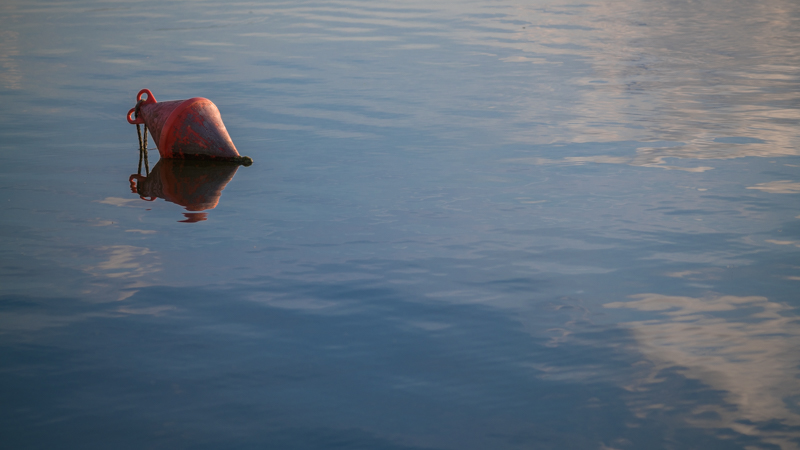
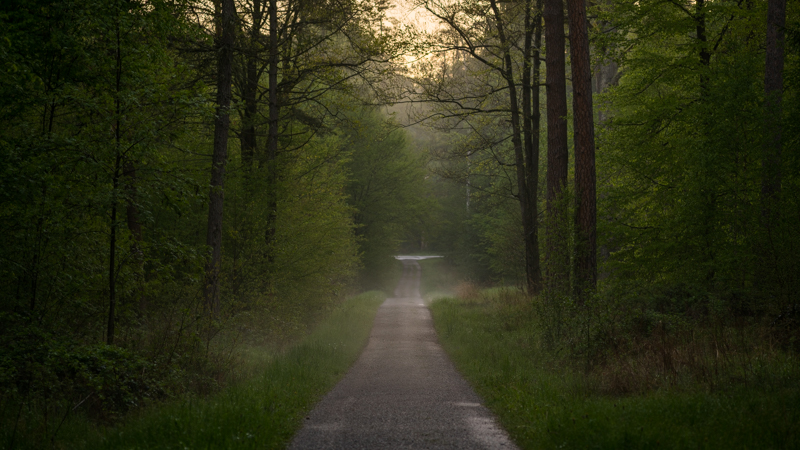
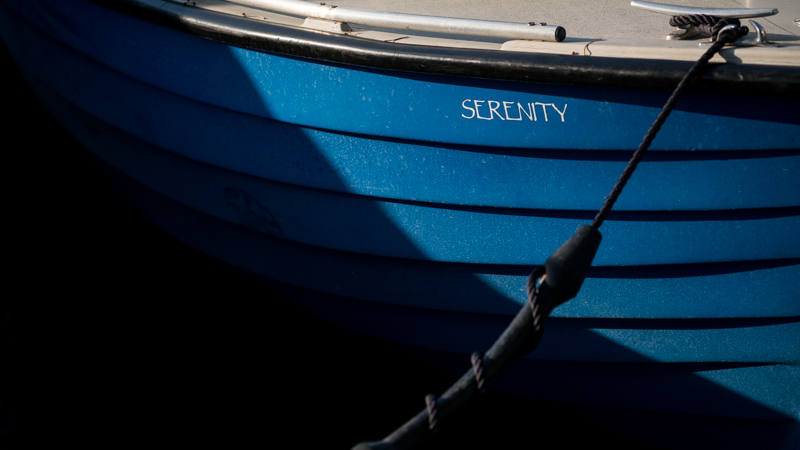
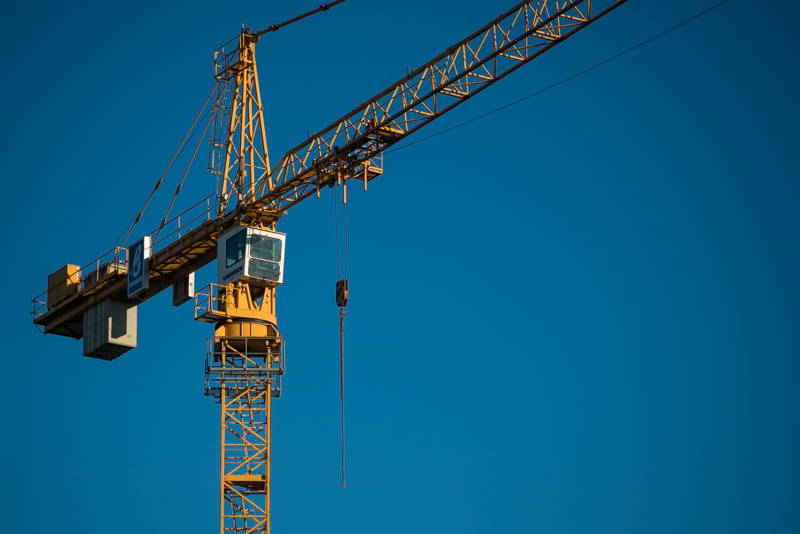

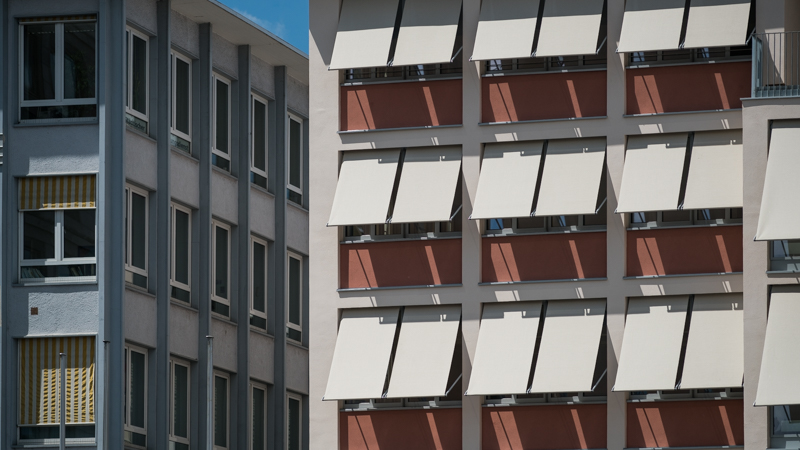
You can find most of the shots in this review in full resolution here.
Further Reading
Support Us
Did you find this article useful or just liked reading it? Treat us to a coffee!
![]()
![]()
![]() via Paypal
via Paypal
This site contains affiliate links. If you make a purchase using any of the links marked as affiliate links, I may receive a small commission at no additional cost to you. This helps support the creation of future content.
Latest posts by BastianK (see all)
- Review: Thypoch 21mm 1.4 Simera - July 12, 2025
- Review: SLRmagic 50mm 0.95 Hyperprime LM - July 5, 2025
- Full Resolution Pictures getting fixed - July 4, 2025




Try to compare that with Jupiter 11, you’ll be surprised 😉
I was looking at that one as well, but the Leica was cheaper 😉
Try Jupiter 11 in Kiev/Contax mount. Real bargain. Contrary to Jupiter 8(or Contax Sonnar 50) the lens has its own helicoid, so you need the simpler(and cheaper) adapter. I am using one on A7 and am quite satisfied with results. Not so much with the handling and overall build quality, definitely needs CLA too. But in the end it’s a lens that is fun to use. I like the vintage look (lower contrast wide open) and pleasing bokeh. Stopped down to 5,6 it can be surprisingly sharp.
Can not be! I had my for 8 eur incl shipping, so it’s a matter of finding a good deal. The best thing about Jupiter besides the price is that at 270g (thin LTM version) it is absolutely tiny, but just as sharp as the Elmar, and arguably has better bokeh 🙂
I also hugely prefer it to the Canon’s 135 ltm Serenar which is waiting to be sold just because its so heavy. If you happen to be in Tübingen, drop me a note, I’ll borrow you mine.
The Jupiter (I’ve had three copies) is nowhere near as sharp as the tele-elmar at any aperture in any are of the field. The low weight is very nice in comparrison to the Leica tank, but optically it is not in the same class.
Thinks a useless remark as long as you indicate anything about the surprise. I can tell you, however, the Jupiter 11 is a piece of crap according to Phillip Reeve
„ As some of you may remember I wasn’t overly impressed by the Leica 135mm 4.0 Tele Elmar. A slow 135mm lens with bad minimum focus distance which does not excel in any category does not serve me a purpose. Thing is, this Jupiter-11 is much worse compared to that Leica lens. And while Leica lenses are usually very expensive this is not the case here, you can easily find one for less than 200$.
Considering the unusual vignetting pattern, the disastrous flare resistance and the ridiculously bad minimum focus distance I can’t really recommend this lens to anyone.
Rather have a look at the Leica 135mm 4.0 Tele Elmar if you want something small with great build quality or at the Canon FD 135mm 2.8 if you want something better suited for taking portraits.
Another nice review! Slower tele lenses may not be the best choice for portraiture, but they are usually wonderful landscape tools that are both sharp across the frame and portable. I’ve heard that Zeiss ZM 85/4 Tele-Tessar is a wonderful landscape lens that can be considered a “poor-man’s Loxia 85” (though the price for ZM 85/4 may be still high regarding its max aperture lol). I wonder if you are interested in reviewing this lens? Also I would like see more review on Zeiss ZM series including the legendary ZM 50/1,5 C-Sonnar and ZM 25/2.8 Biogon. Cheers and keep up the good work!
I am definetly interested in reviewing more ZM lenses, especially the 85mm 4.0 and 50mm 1.5, but they are rather rare and I would need to find someone to borrow them for a few weeks.
The Tele-Elmar lacks a bit in portability and contrast, I thought it may replace Loxia 85mm 2.4 and Voigtlander 180mm 4.0 if I have to travel really light, but it didn’t exactly.
The ZM 4/85 is my multiday hiking tele. It’s why (along with the price) I’ve never been tempted by the Loxia. Sharp, not much CA, tiny, great contrast, great sunstars. Not ideal for portraits- but then nor is the Lox. I’m guessing the Loxia is even better in optical quality, but maybe not usefully so.
You should try the Carl Zeiss Jena 135/3.5 Sonnar: cheaper, lighter, smaller and widely available. Image quality seems to be similar.
CZJ 135/3.5 I think is better performing at least wide open corner-to-corner. Focuses to 1 meter too and is less than half the price. Trivial to CLA too. One of the better GDR lenses for sure.
I can confirm. Mine is the zebra version, very sharp from 5.6.
You may not have had an optimum copy of this lens, since at f4 and smaller, my copy matches my Canon EF 135/2, with slightly better edge/corner sharpness at f5.6. The convenience, slightly better contrast at f4, and speed of the Canon mean I much prefer it and use it far more often, but optically at matching apertures it is not sharper.
I wonder also at the testing methodology/relevance when you test the lens without the neat little hood, which is readily available. Almost all older lenses benefit disproportionately over newer lenses when using hoods, since coatings have improved so much in the last ten years. To use an older lens (when the hood is easy to obtain) without its hood, and then complain about flare, seems to me to be both predictable and even a little churlish.
As I have written “I didn’t get a hood with this lens but tried shading the lens with my hand which didn’t really help”.
My hand is most certainly bigger than those lens hoods.
Furthermore hoods rarely help with the sun placed in or near the corners.
Them I have used the Zeiss ZM 85mm f/4 for the last several years and nothing anywhere near it size compares to it. One of if not the sharpest lens of any focal length I have ever used; renders beautifully.
I have no doubt the ZM 85mm f/4 is sharp but it is actually marginally longer than Leica’s faster 90mm 2.8 Elmarit-M and 90mm 2.4 Summarit, and a lot larger than the earlier Tele-Elmarit.
I bought an Elmar 4/135 last week for 230 Euro. It is the version prior to the Tele Elmar reviewed here. My copy was produced 1960 in the second batch. I compared it today with my C/Y Sonnar 2.8 135 MM which is widely recognized as a very good lens. The results are clear. The Elmar is the winner. First the Elmar is better corrected than the C/Y. While not an APO lens the Elmar shows significantly less color fringing at f4 versus C/Y f4. The most visible advantage of the Elmar was seen while shooting against the light. The Elmar showed no loss of contrast while the C/Y lost a lot of contrast. This was a surprise to me as the Elmar is only a single coated lens and I used it with only a tiny lens hood. Maybe the special glass is responsible for that. Would be interesting to see if the Elmar is better than the Tele Elmar with regard to contrast against the light. Sharpness of both lenses is very good at f4. Sharpness wise, mostly I can not tell them apart. Besides that the Elmar pops the same as the C/Y!
Maybe interesting for someone:
A Leitz Leica Elmarit-M 135mm 2.8 – 11829 – “mit Brille” (with glasses) can be actually bought used between 200€ and 400€ on the European market. I turned off the “Brille” at the workbench and now own a good 2.8 lens, and a very good performer at 5.6.
I am still thinking about reviewing this lens one day.
According to my modest resolution tests on a 16MB-MFT-Olympus, both the 4.0 TELE-ELMAR and the 2.8 ELMARIT are equivalent at 4.0 and 5.6 in the center. At 2.8 the ELMARIT resolves a little bit soft. So don’t expect too much. (Could send the ELMARIT to you for thorough testing on a full-frame Sony Axx if you like. Novoflex Leica-M to Sony-FE -Adapter is available as well.)
You should try the Nikon 135 f/2.0 with defocus control, it is breathtaking
I own the Leica Elmar 4/135 (1960’s) and the Zeiss Apo-Sonnar 135/2.0 and use them on Leica (only the Elmar) and Sony A7RII (both).
The Apo ist the best lens I ever had an have, including competitors like the Sony GM 85/1.4 or the wonderful, extremly sharp Summarit 75/2.5.
But even the Elmar 135 ist really wonderful lens, with very good IQ even wide open (exept of contrast, that youhave to correct in PS/lightroom). And it is very compact, light, and you get it for 200 Euro.
Nevertheless I’m planing to buy the Batis 135 because of autofokus and FE-bayonet – but not in terms of IQ (see above).
Its very difficult – even if you are an experienced photographer – to hit the exact focus with the Apo-Sonnar at 2.0. And with the Nik-to-FE adapter the Apo becomes unwiedly.
Nice review!
It is just an impression, or this lens has very nice colors?
Regards!
Hmm didn’t stand out to me.
This lens is the absolute best Sonnar 135/4 ever. It’s only competitor appeared many years later, and retails for $3000. This is one of the reasons this lens can be found min for less than $600 in excellent condition without haze or some other problem.
Does the Elmar produce similiar sunstars to recent Voigtländer lenses (it has 12 aperture blades)? I consider buying one.
Generally yes, but it is harder to create Sunstars with longer lenses.
True. Does that also apply to more aperture blades over longer focal length? Like, would it be easier with 10 over 12 as the focal length increases? If so, I rather get the version in this review. If not, I would opt for the Elmar for its price and weight. Both 10 and 12-pointed sunstars are satisfactory to me.
In that regard there is no meaningful general difference between 10 and 12 aperture blades.
What about something like the Zeiss Sonnar 250mm f/5.6? It has 5 aperture blades like some Laowa lenses, but are we reaching a territory where they aren’t noticeable?
Yes we do. And I don’t think it is a particularly great lens to be used on 35mm format.
Was looking for one on eBay and was discouraged to find out that prices have skyrocketed on these. For an optically good conditioned copy you’re paying about $400 minimum 🙁